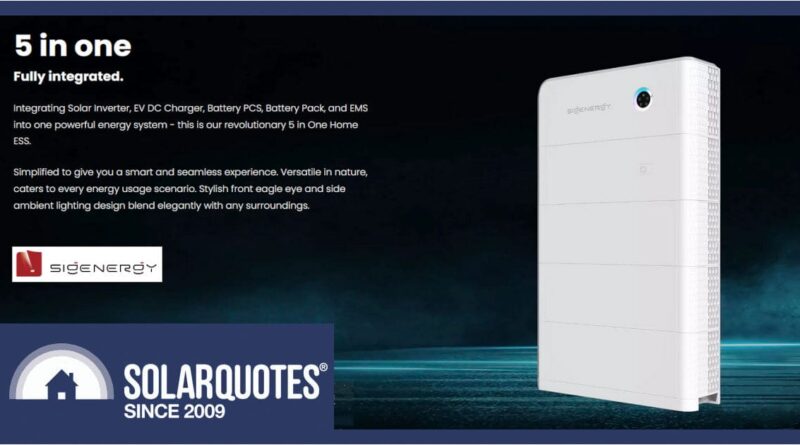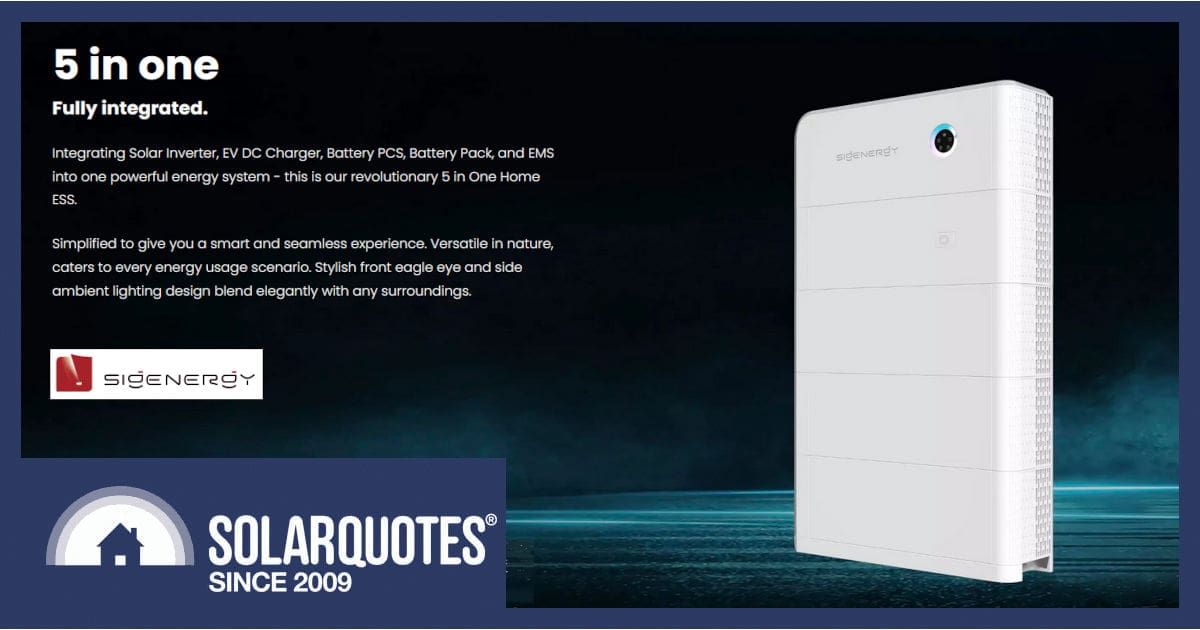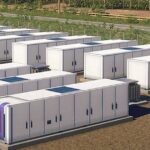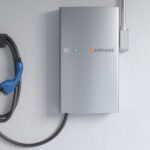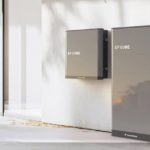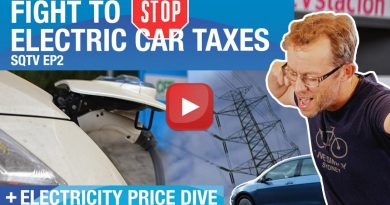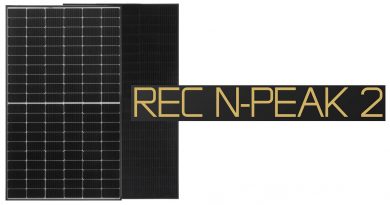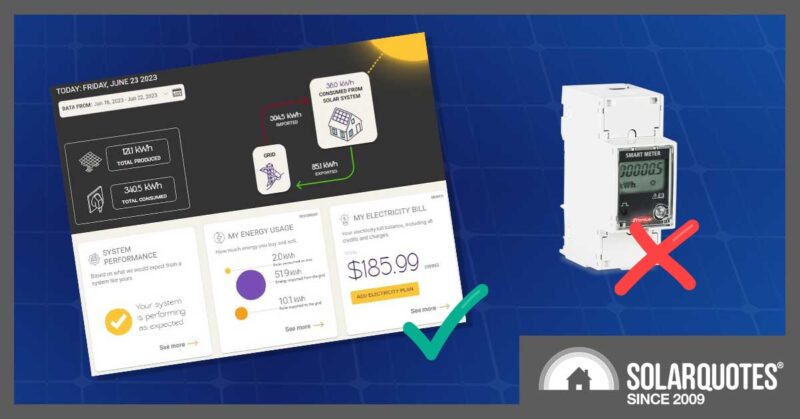Sigenergy Battery: If It Lives Up To The Claims – It’ll Be Amazing
In the rapidly evolving world of renewable energy and storage, we have often seen products that spark a lot of interest, but turn out to be a flash in the pan. So, you’ll have to forgive my scepticism when a brand-new company puts out a well-orchestrated media release, rave reviews and a showy launch bringing yet more new products to a crowded market.
Sigenergy is certainly making noise, announcing a new range of all-singing, all-dancing, all-in-one energy solutions.
With a focus on integrating artificial intelligence (AI) into its equipment, Sigenergy is pushing the boundaries of technology and innovation, shaping the future of how we manage energy… and how we consume hyperbole.
In this post, I’ll examine the details of Sigenergy’s entry to the Australian market, and some of the reportedly exceptional features. I’ll also outline a few points that reflect some necessary SolarQuotes scepticism.
Sigenergy Introduces SigenStor
Released in October 2023, the SigenStor is a five-in-one energy system that integrates solar, energy storage, and bi-directional electric vehicle charging, all managed intelligently using AI. This system suggests a significant leap forward in energy management, providing users with a seamless way to harness and use renewables.
Sigenergy Got Off On The Right Foot
Sigenergy made an entry at the 2023 All Energy conference, and since then it has signed up around 40 pilot sites across Australia. These initial steps, taken even before the new products were listed on the Clean Energy Council (CEC) registry, show a proactive approach.
Local Agents Are Already Being Wooed
Sigenergy is also partnering with local distributors and engaging directly with customers, making sure its new lineup is presented to everyone it can find in the industry.
Four distributors have already visited Shanghai to meet the team and visit the company’s headquarters and manufacturing facilities.
Sigenergy’s Dizzying Speed of Development
Under the leadership of founder and CEO Tony Xu, Sigenergy has sprung up in just 18 months. Xu has a wealth of experience, from leading global companies such as Huawei and building up a large AI business.
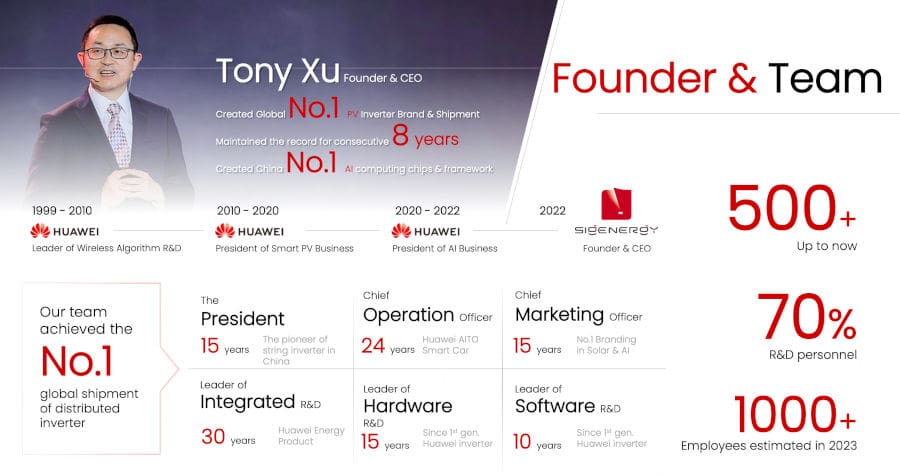
What does SigenStor Bring To The Table?
I’ve broken down some of the key features Sigenergy is spruiking here, but you can find more details (for homeowners and installers) in their pdf brochures, available for download here.
Pronounced ‘Sig-Energy’, the company offering is called ‘SI-Gen-Stor’. I can envisage the Australian abbreviation will just be SI Gen…
The Basic Specifications
- Single phase models in 5kW, 6kW, 8kW and 10kW AC ratings, with two MPPT solar inputs;
- 3 phase models in 5kW, 10kW, 15kW, and 20kW AC ratings, with two, three or four MPPT solar inputs;
- Standard grid-connect inverter, with optional hybrid firmware upgrade (for a fee);
- When installed as a battery hybrid, a gateway is available for full home backup;
- Off-grid capable (Note that I’ve never met a transformer-less hybrid that I would be comfortable using in all but the most modest applications);
- IP66 weather rating;
- 5kWh and 8kWh battery packs, stackable to six units high, and up to 48kWh (plus further parallel capacity); and
- Solar PV with up to four input channels and 200% overdrive capacity.
The Artificially Intelligent App
- System information is polled every ten seconds;
- Customers can instruct the app using AI chat;
- Installers can access fleet monitoring; and
- Troubleshooting and support is also supposedly AI enhanced.
The Batteries
- Unique 32v 280Ah blocks using LiFePO4 chemistry;
- Very detailed monitoring, so nerds can see individual cell voltages via the app;
- Internal fire extinguisher (SolarEdge also offers this feature, quietly);
- DC-to-DC charger built into every module, allowing for system architecture that ramps voltage up into the 300v to 900v range; and
- Batteries are connected in parallel similar to solar micro inverters.
On these last two points, parallel-connected batteries offer redundancy, so no single failure disables the whole battery. On the other hand, it’s another layer of electronics, which means extra complexity.
The detailed cell monitoring through the app means nerds can see individual cell temperatures. It’s a level of refinement that isn’t standard for home storage, although it’s often available for EVs, through more specialist diagnostic hardware.
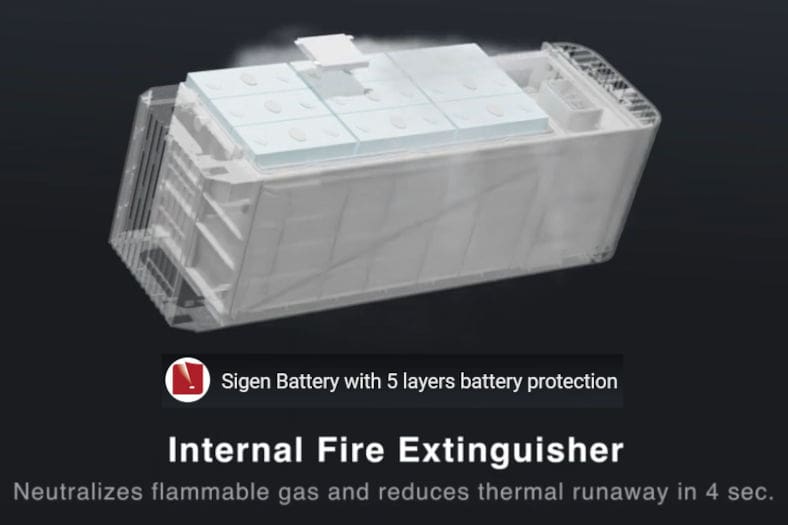
What appears to be nine prismatic cells per block.
The Battery Warranty Isn’t Revolutionary
Happily, SigenStor warranty documents aren’t hard to come by, and they pretty much follow the industry standard of warranting 70% usable battery capacity for ten years, or 23.77Mwh throughput from a nominal 7.8kWh battery.
The throughput limit of one full cycle per day equates to eight years and four months. For comparison, that’s better than an Alpha ESS or about the same as a Fronius BYD, but not as impressive as Sungrow’s 11.5 years
Unlike some, Sigenergy does at least offer five years’ warranty if your internet connection has failed for a significant amount of time, and although they do specify a maximum running temperature of 55°C, the minimum of 20°C would mean you can’t put it outside in much of temperate southern Australia.
Finally, two years’ warranty for accessories is disappointing, especially seeing as the communication module is supposed to maintain the internet connection, to ensure your ten-year battery warranty is maintained.
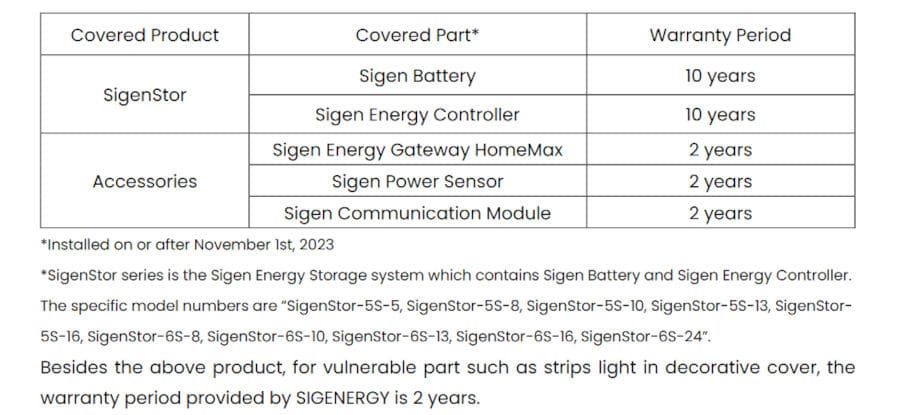
Screen-grab from the SigenStor warranty document.
What’s impressive about SigenStor?
Some other features I’m genuinely impressed by include:
- A DC solar bus allows simultaneous charging of batteries and vehicles, while running AC loads at full capacity;
- Generator integration for off-grid situations (although, knowing how generally troublesome generators are in off-grid installs, I find this option adorably optimistic);
- Patented ‘zero-millisecond’ load-side switchover for a true UPS experience;
- V2X ready for bi-directional EV charging (however, V2X standards are still being discussed, so this depends on regulatory approval);
- DC EV fast charging at 12.5kW or 25kW capacity, integrated with solar and energy storage
- Open APIs for integration with virtual power plants;
- AC EV charging at 7kW, 11kW or 22kW with dynamic control (I’m calling bullsh!t on claims of 15-minute EV charger installation);
- Multi-layer battery safety protection, including the on board fire extinguisher;
- Simplified and speedy installation processes using stackable battery connections;
- 3 phase units can run synchronous machines or an unbalanced supply — full nameplate capacity is available to meet single phase surge loads, ie, 10kW 3 phase isn’t restricted to 3.5kW per phase.
Standards and Compliance
Sigenergy tells us it has engaged TÜV for compliance testing, and is on track to have its single phase product CEC-listed in February, with the 3 phase product expected to follow in March. Revised AS4777 standards, which cover the bidirectional car charging function, are yet to be finalised, but Sigenergy is already making contributions to the public consultation.
Coupled with rigorous in-house product testing and validation processes, hopefully this underscores Sigenergy’s commitment to reliability and safety.
Taking Shots From The Cheap Seats
Without laying my hands on these units I can only rely on company videos. But, as anyone can appreciate, the training material for any product rarely encompasses the difficulties an installer can face in the wild. I have to make a few sober points:
- There are seldom perfect smooth concrete walls and level floors available.
- Having a cardboard template for drilling the wall is brilliant. The only thing better would be not having to drill two holes for every single battery.
- Though there is adjustment in the brackets, brick or stone walls are likely to be awkward, especially if they have steps at the bottom.
- Plasterboard garage walls will need reinforcement with formply for structure, as well as (in many cases) cement sheet for compliance.
- Sigenergy claims installation is fast, but with more than a dozen fiddly 5mm screws per battery, plus side panels and plugs for decorative lights, it can’t be described as simple.
- Handles are included, but screwed on and off with the same fiddly fixings. These threads will be ruined easily.
- Batteries are modular and retro-scalable, however at 55kg or 70kg each they really need two people for handling.
- The integrated DC isolator is behind a cover. Without an external isolator, that might upset the regulators, which would be a shame because the rest of the cabling is quite neat.
- A maximum input current of 16amps isn’t enough to parallel any modern solar panels.
- The 3 phase units have nominal battery voltage listed as 600VDC to 900VDC. Without successful revision of AS4777, this may render them non-compliant, just like the current generation of SolarEdge 3 phase hybrids.
- DC charging for EVs is specified at 150VDC to 1000VDC, which again hinges on AS4777.
In Conclusion
It looks like Sigenergy is not just making generic 5kW boxes; it’s offering a good deal more versatility, with options for both AC and DC coupling, on-grid or fully off-grid installations, and significant storage capacity potential. This makes its products suitable for a wide range of residential and commercial applications.
If SigenStor does what it says on the tin, and the business proves a commitment to quality and support, then Sigenergy is set to lead the charge for all-in-one residential solar battery units.
Let’s all just hope SigenStor performs a lot better than the last all in one box I did the training for.
Original Source: https://www.solarquotes.com.au/blog/sigenergy-review-features/

